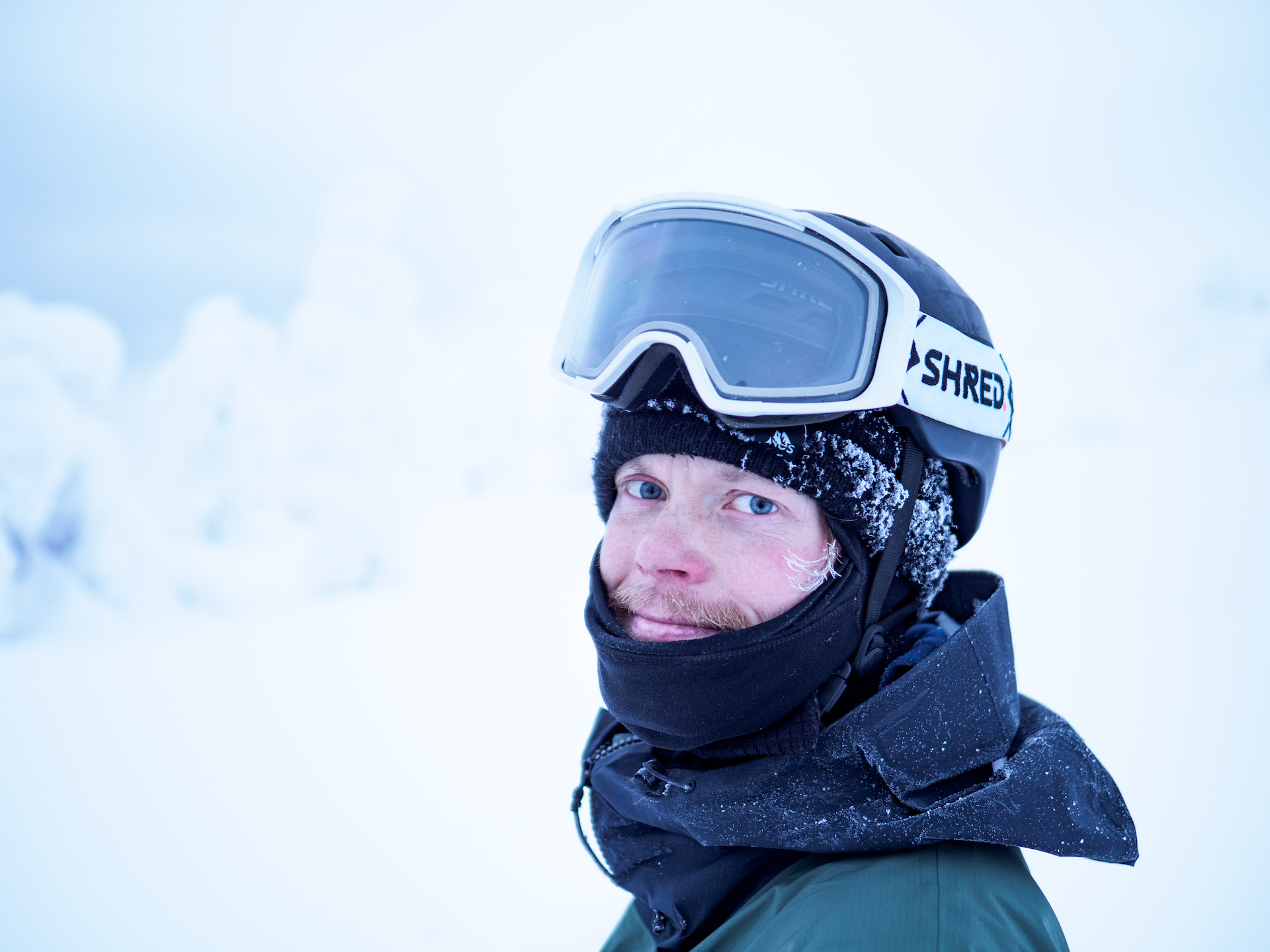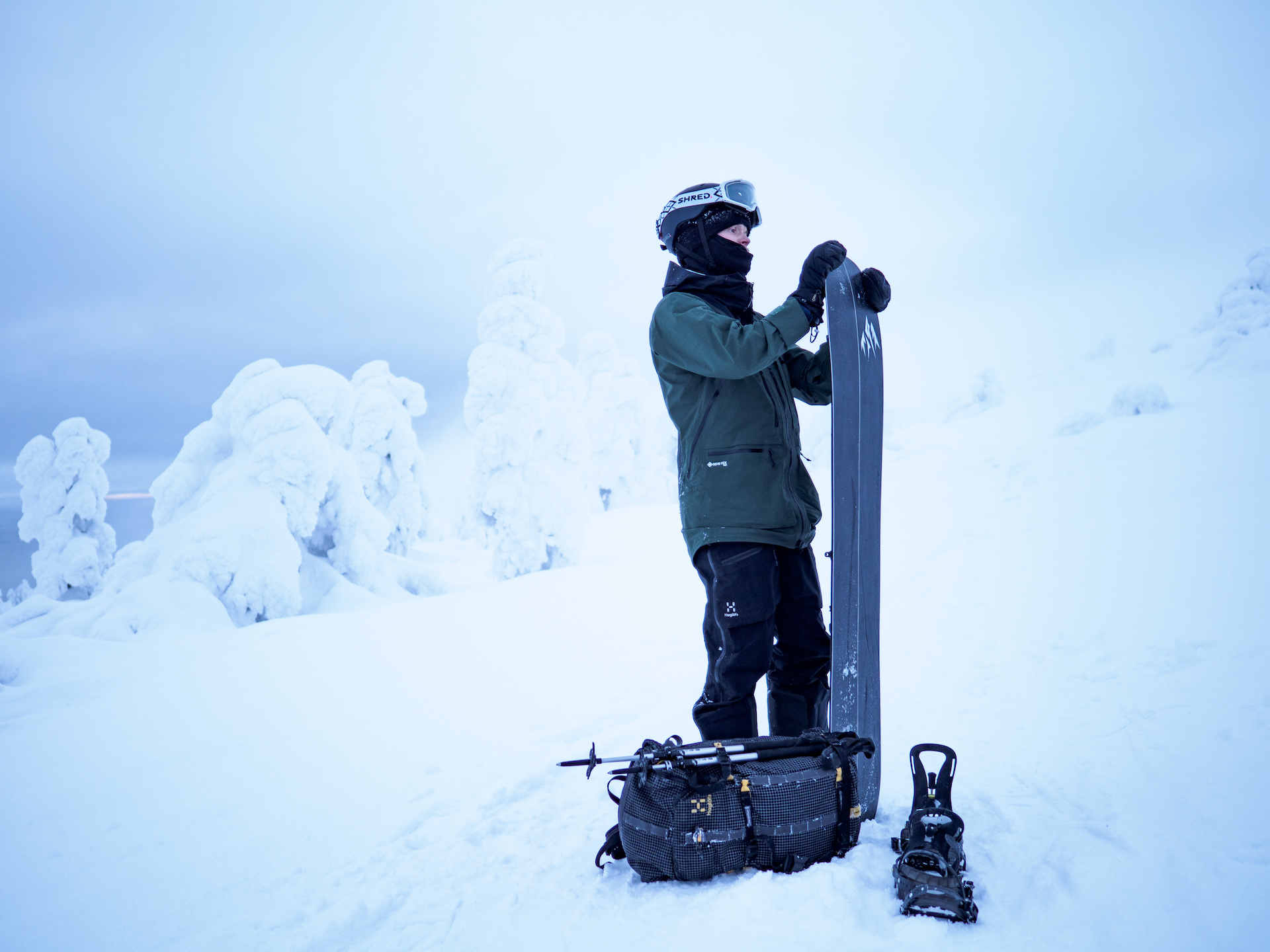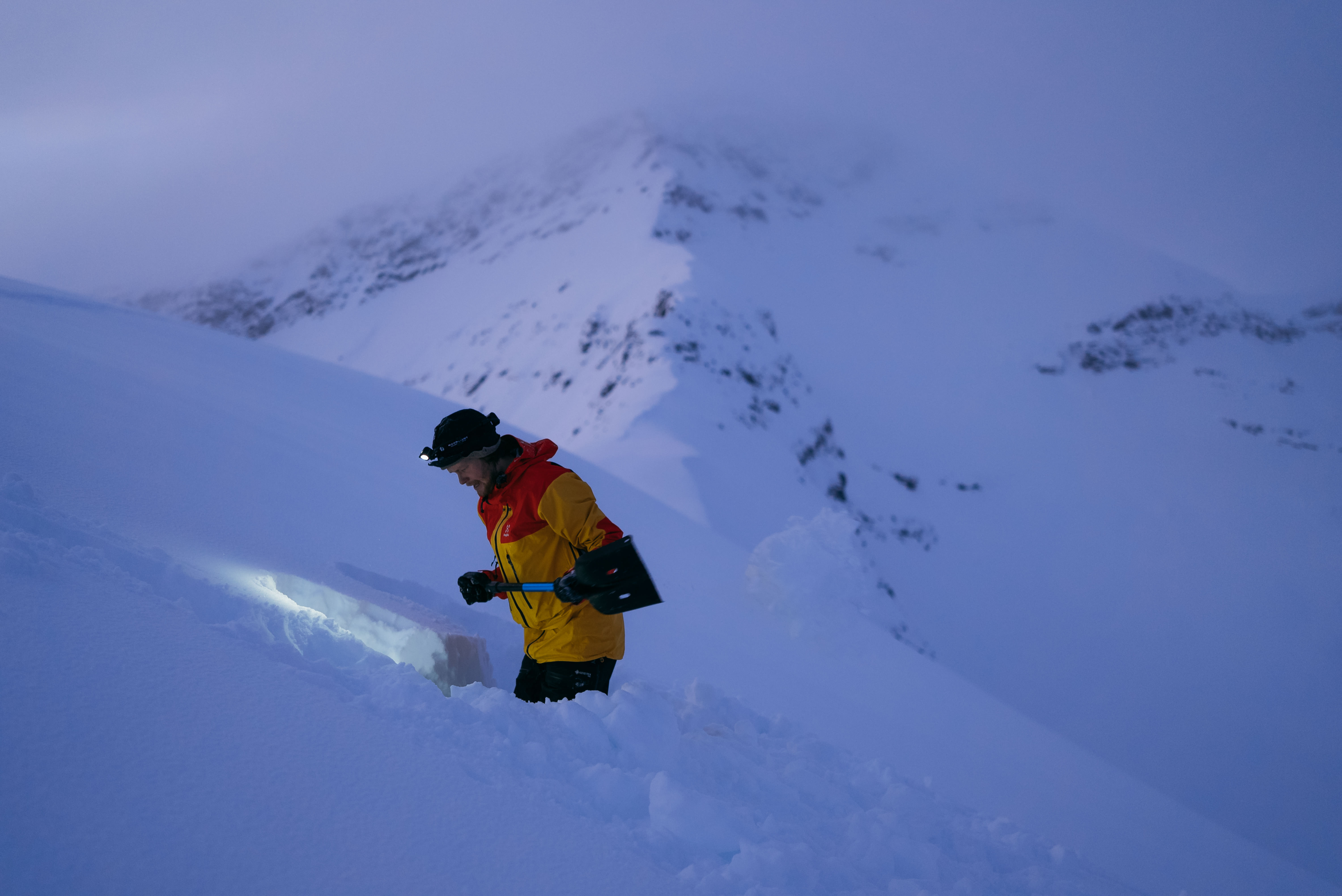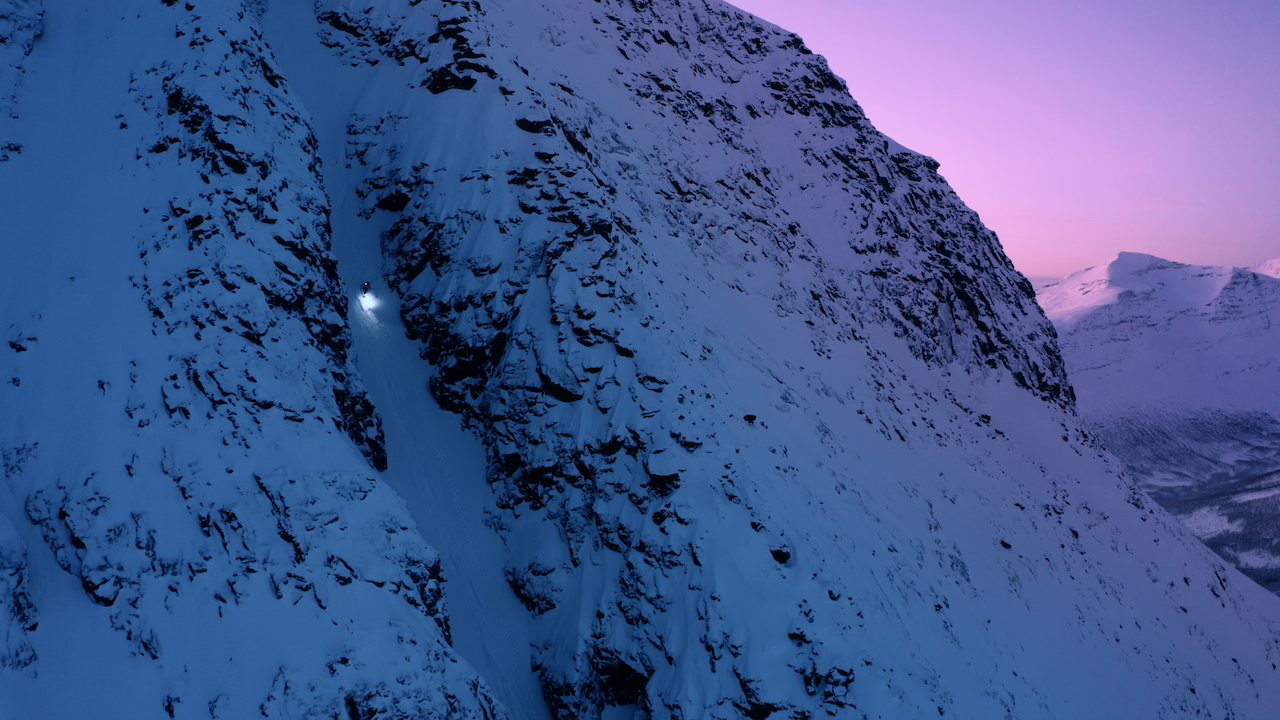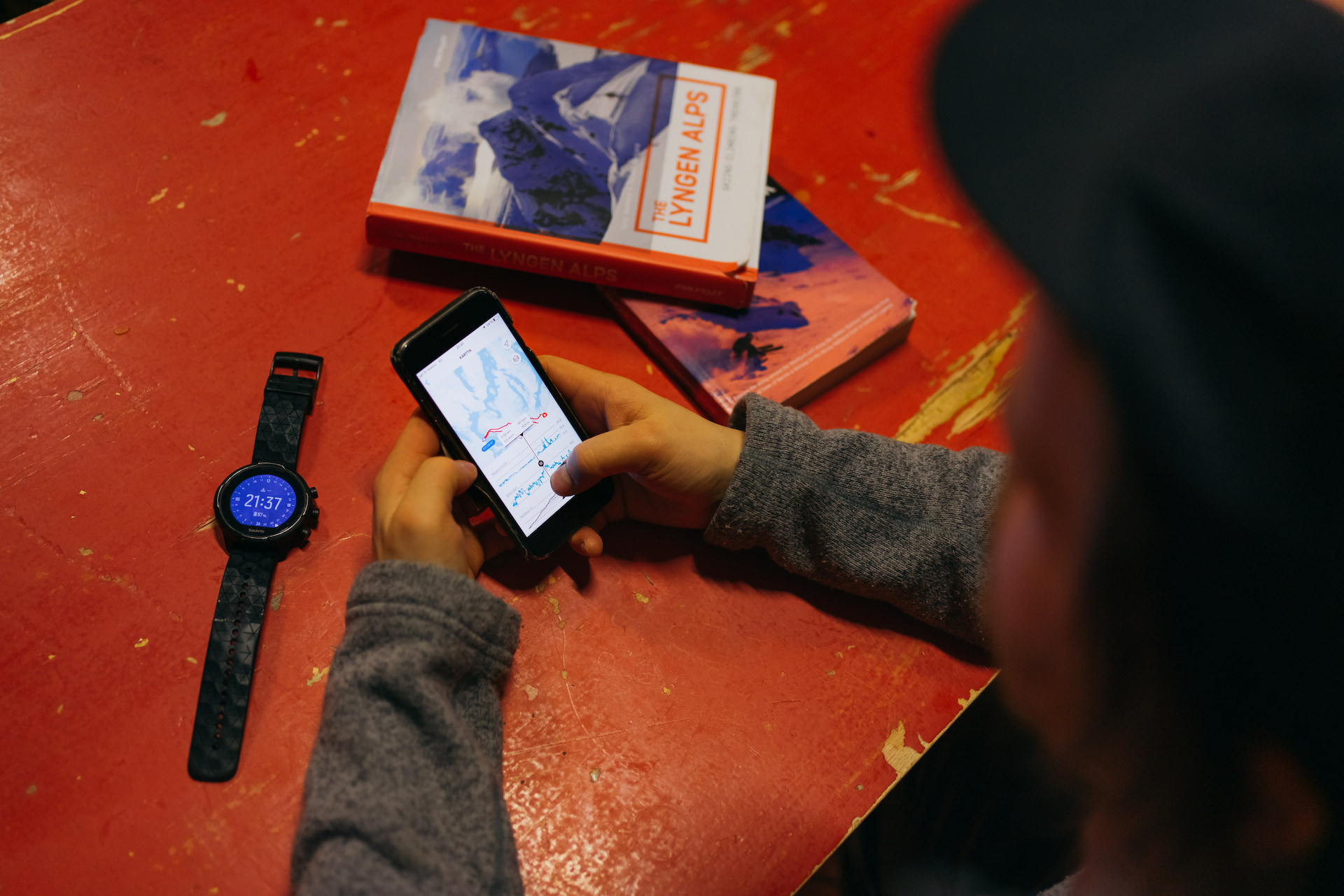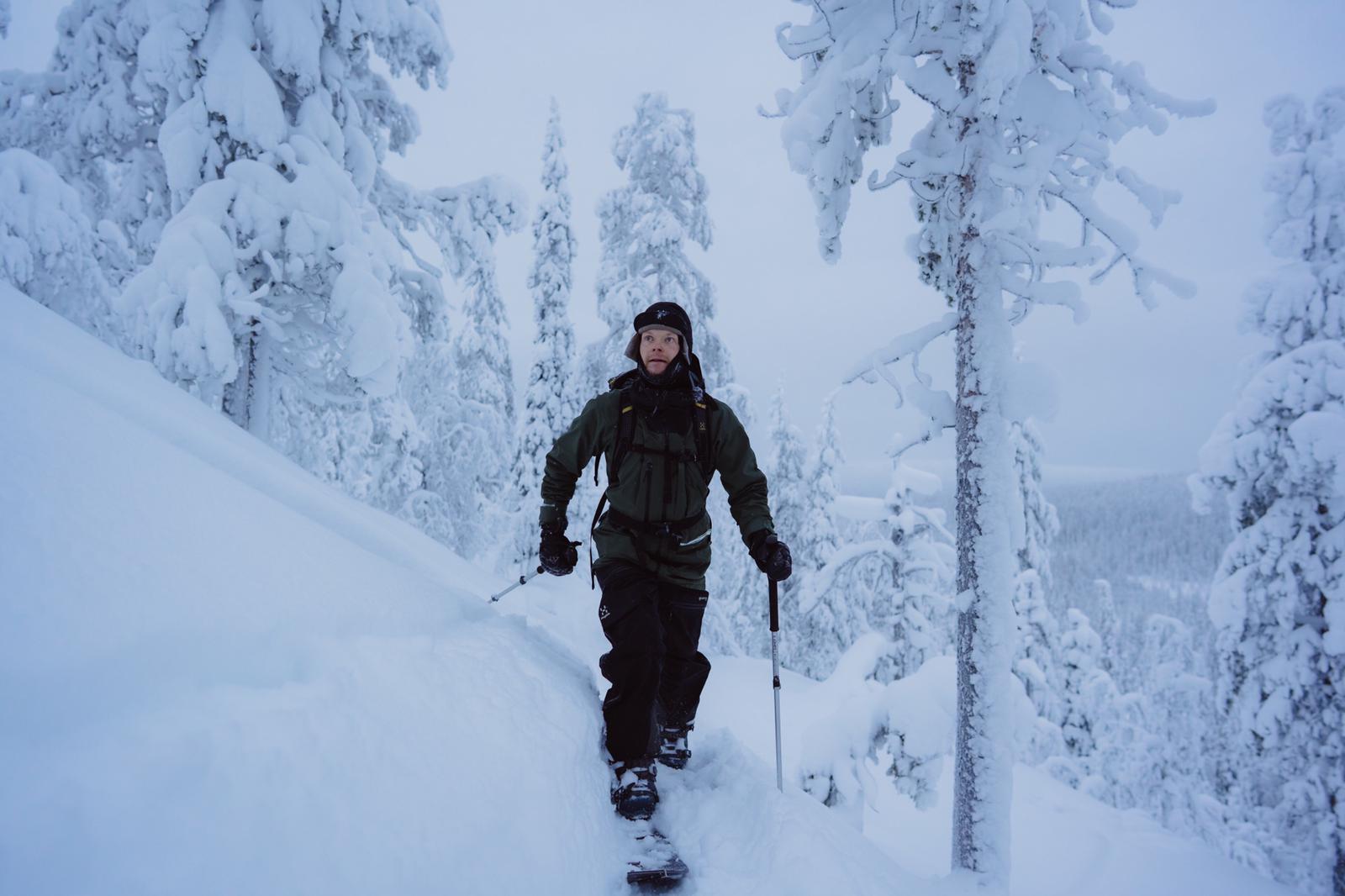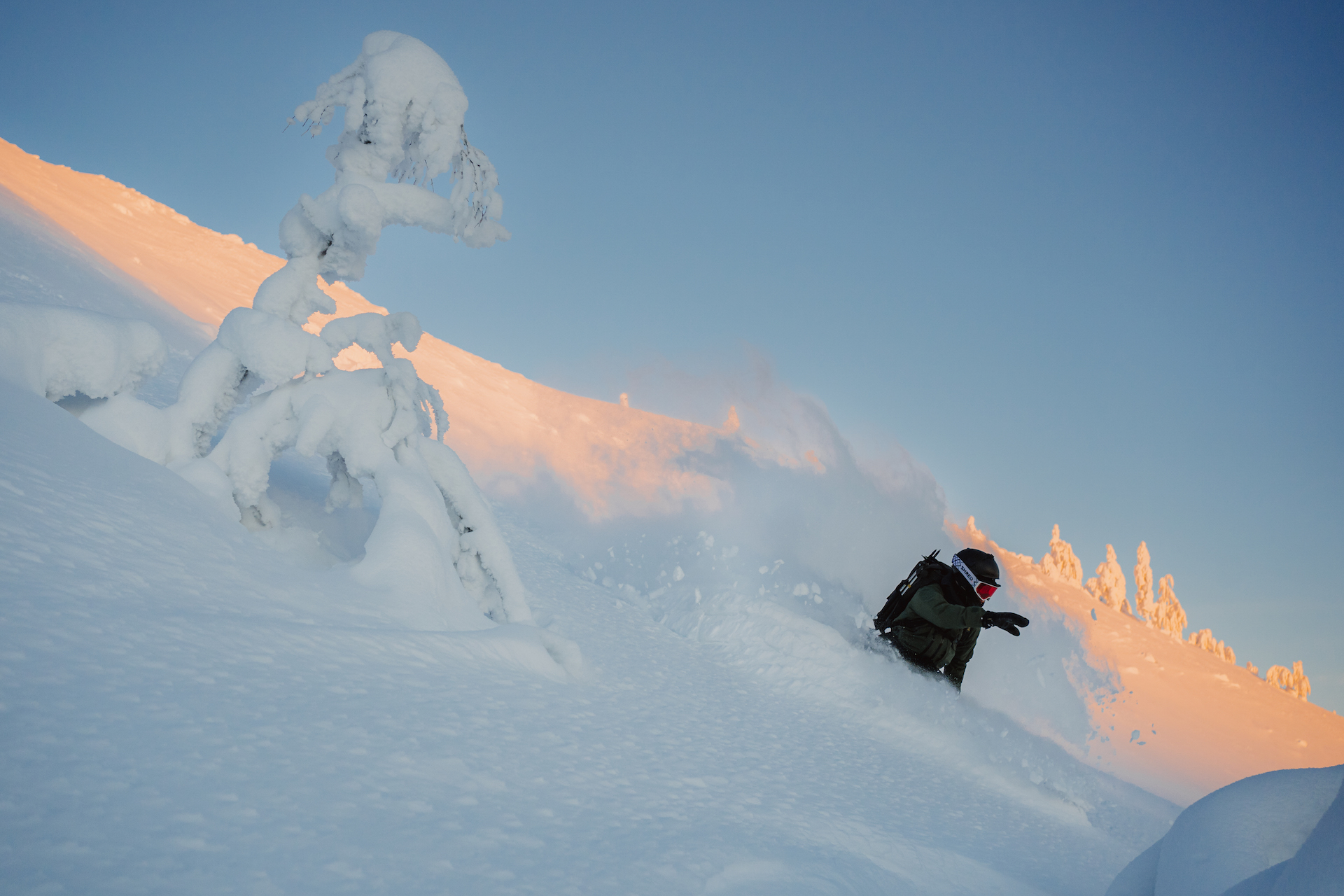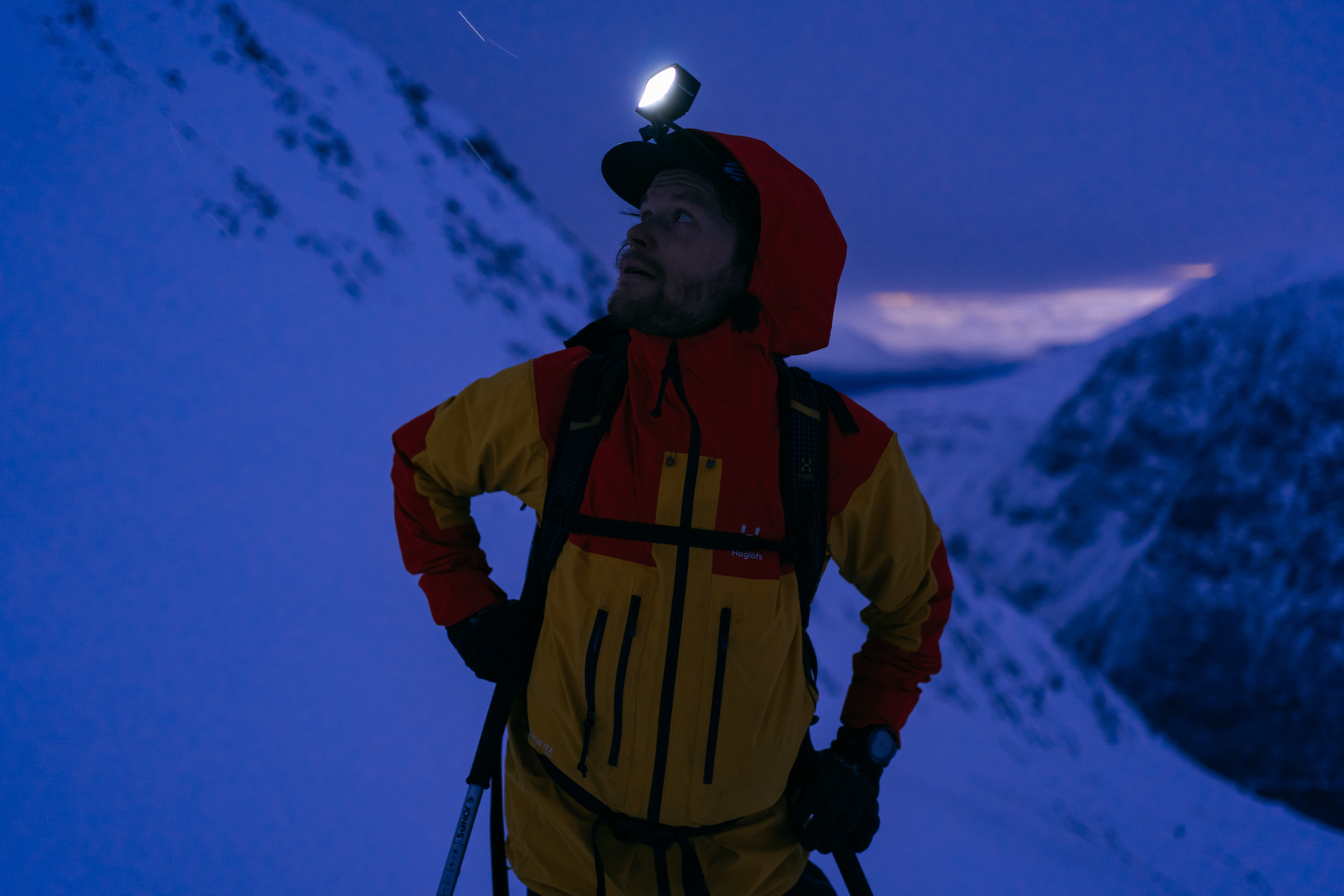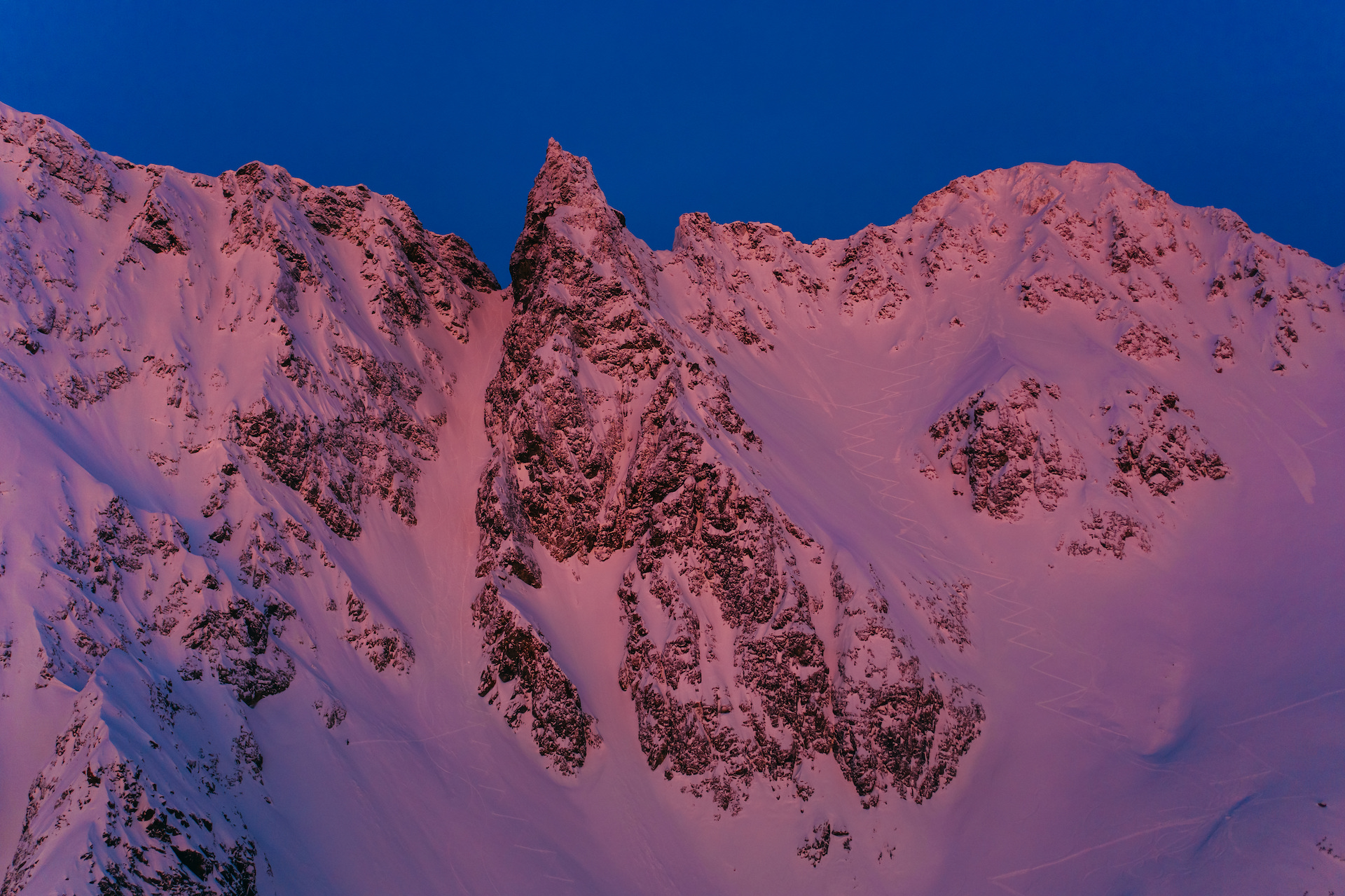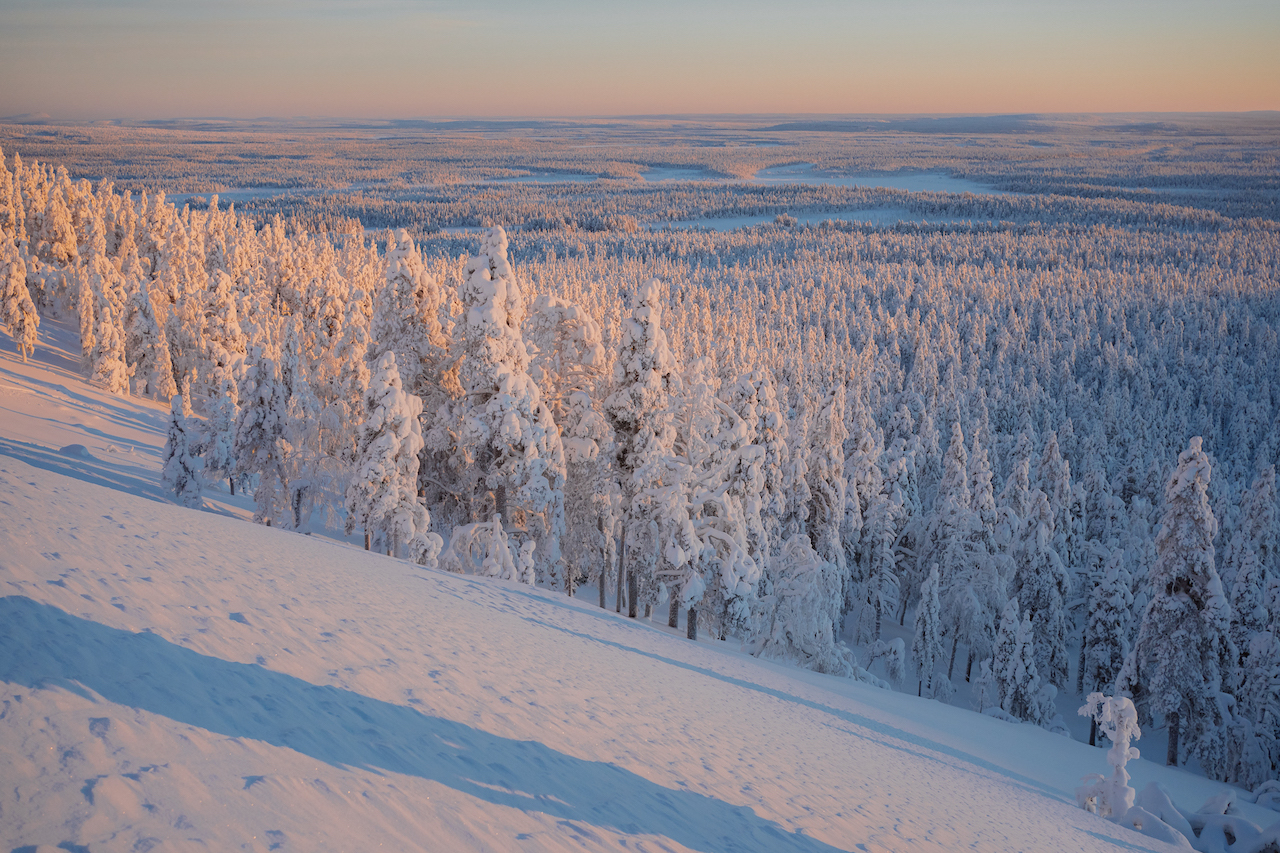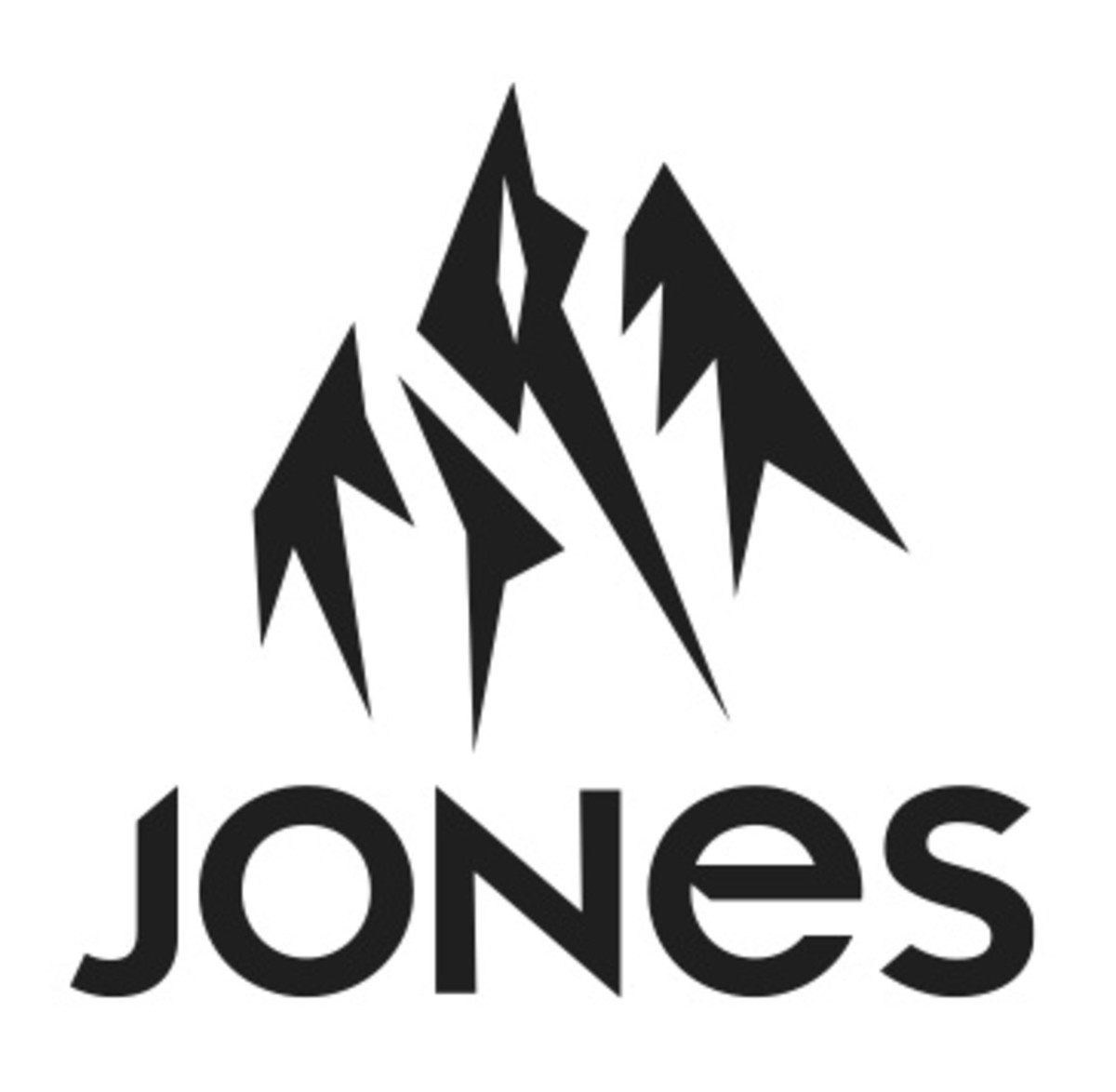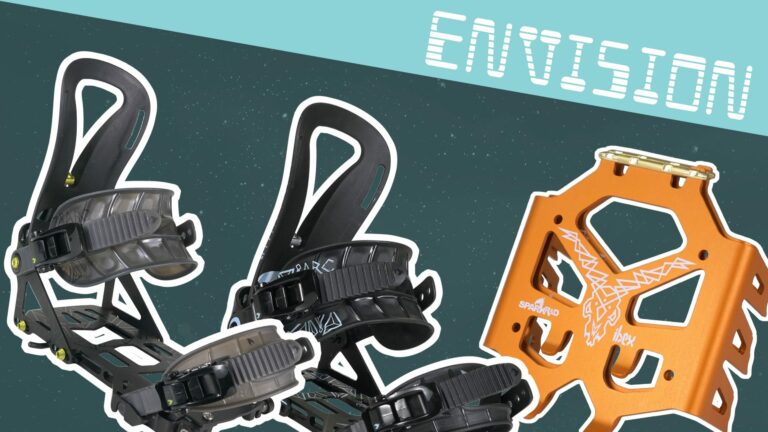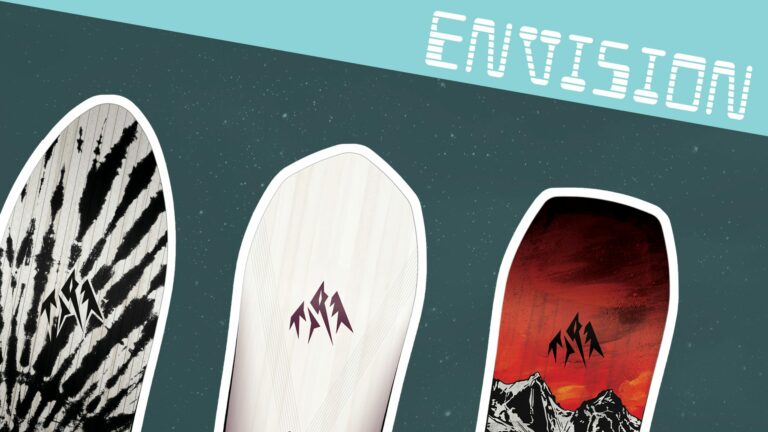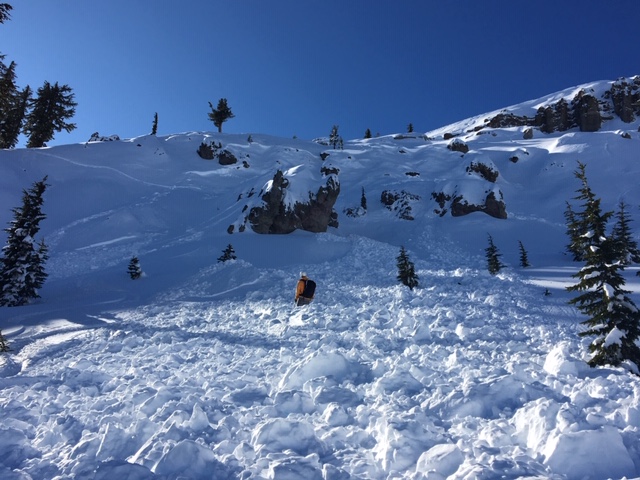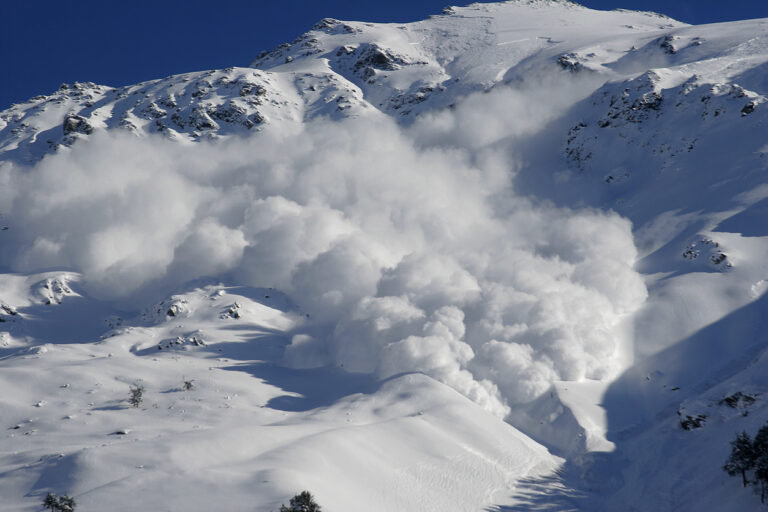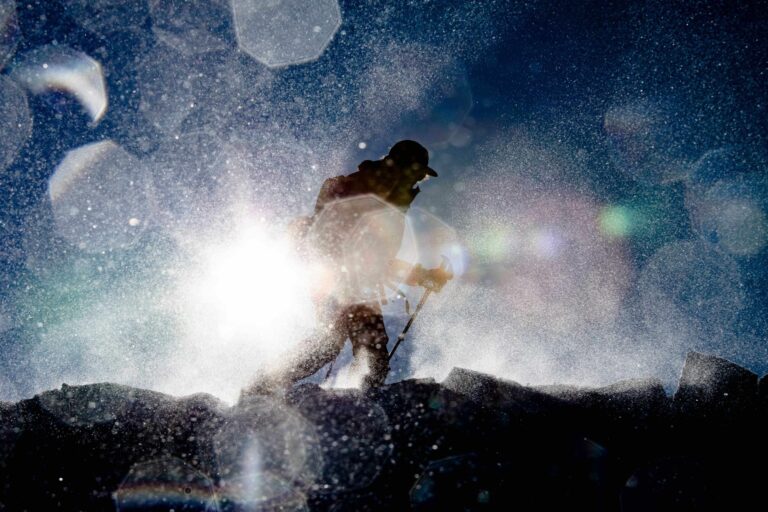This is the kind of snowboarding that makes you want to cover your face with your hands, not sure if you dare to look when Antti Autti is about to drop in to some of the gnarliest couloirs we’ve ever laid eyes on. But of course we look. Simply because it’s too good not to.
“Arctic Lines is a web-series that follows Finnish world-class snowboarder Antti Autti around while he sets out to tackle 30 different lines in the North of Finland, Sweden and Norway”
Arctic Lines is a web-series follwing Finnish snowboarder Antti Autti while he sets out to tackle 30 different lines in the North of Finland, Sweden and Norway. The series aims to showcase the diverse opportunities there are for freeriding in the Arctic Circle, while also giving us a peek into what has shaped Antti into the snowboarder he is today.
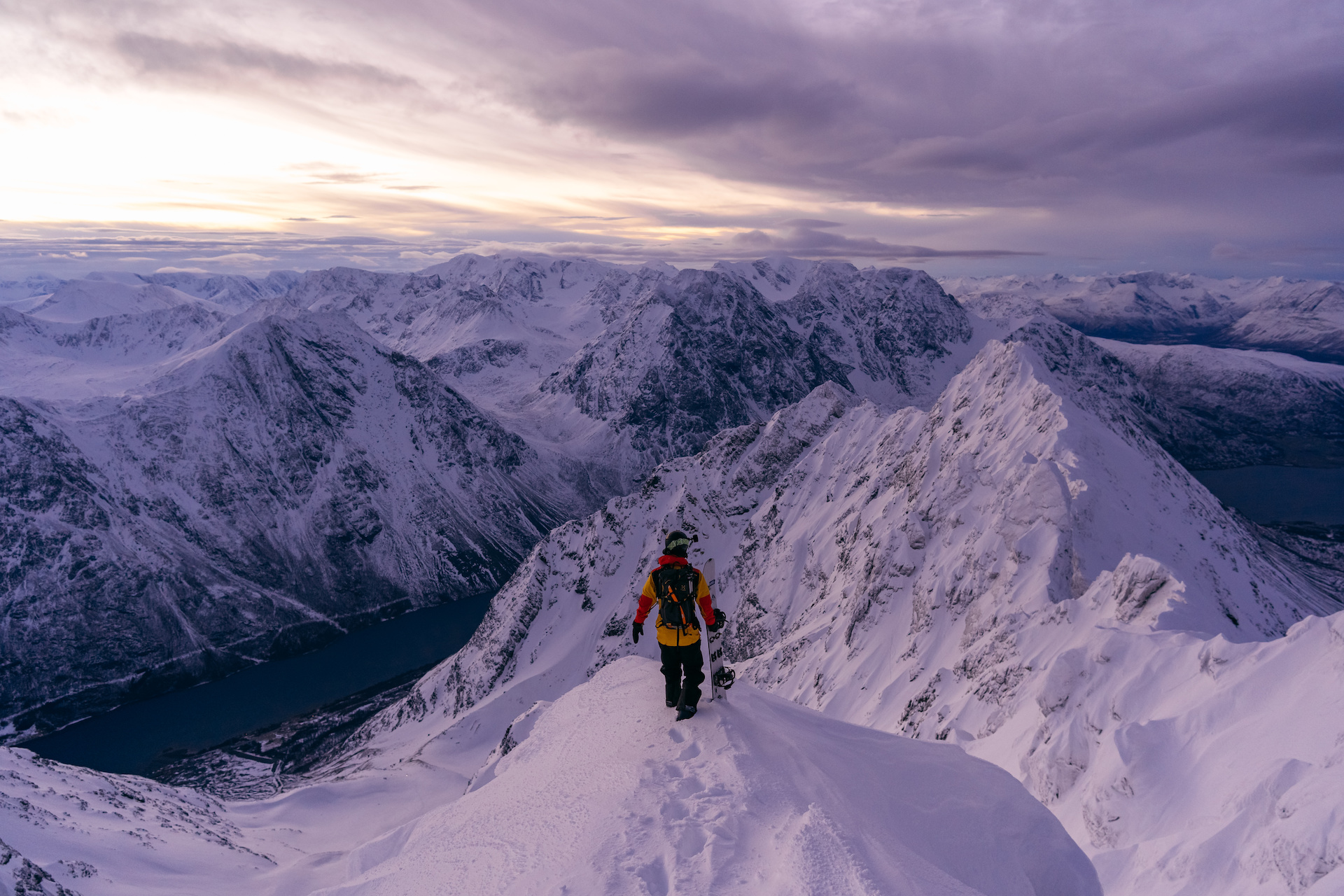
Growing up in Rovaniemi, the ‘capital’ of Finnish Lapland, Antti grew up riding in the beautiful but challenging climates of the North. After dedicating a big part of his life to chasing the snow around the globe, he decided it was time to take a break from all the travelling and find out what the Arctic Circle has to offer freeriders.

